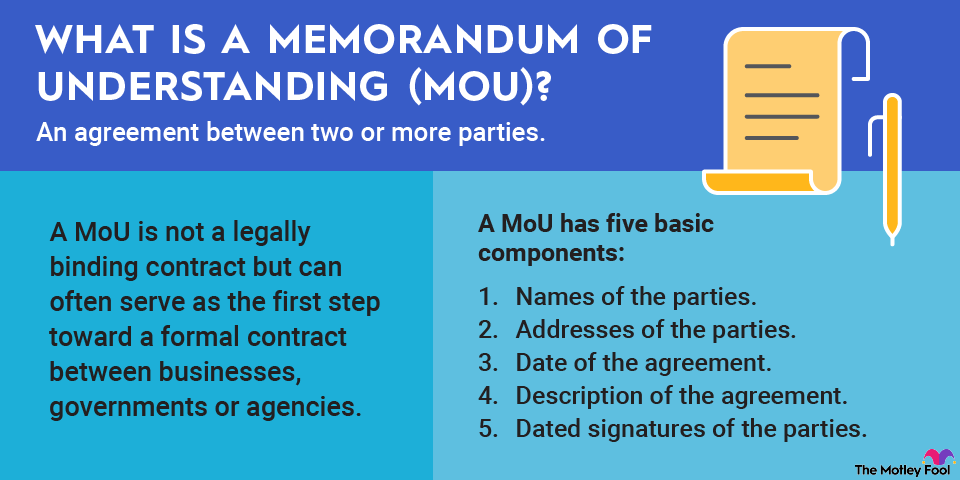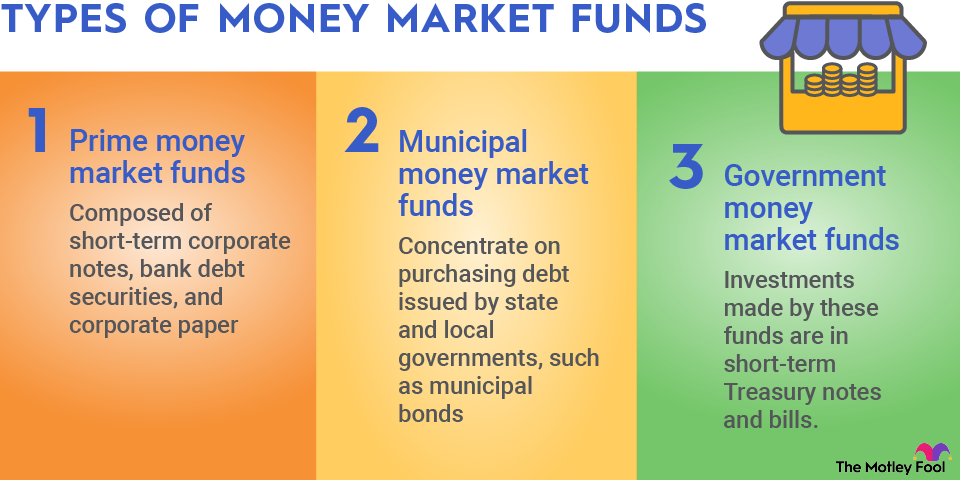A moratorium is the delay of an activity or a law. In business, it's most commonly used to describe a temporary halt to a financial activity, such as the repayment of a loan. Read on for more information about how a moratorium works, when one might be announced, and a fairly recent example of a moratorium that affected millions of Americans.

What is a moratorium?
A moratorium is simply a halt to an activity. Moratoriums can be announced by individuals, businesses, or governments. Typically, however, moratoriums only occur because of a crisis that makes it difficult for one party to fulfill an agreement.
Moratoriums are often confused with grace periods. Although they're somewhat similar in their goal of providing relief to one party, grace periods are typically far shorter in duration. A grace period can be one that allows a renter to make their monthly payment within five days of the actual due date; moratoriums are generally more open-ended, often lasting weeks, months, or even years.
Why they are used
Although moratoriums are most often utilized for financial reasons, governments and businesses have often announced temporary bans for policy reasons. A 1992 moratorium by Canada, for example, aimed to restore the nation's cod population by preventing most fishing of the endangered species in its Northern fishery, ending 500 years of fishing activity in Newfoundland and Labrador.
Insurance companies also will impose moratoriums on writing new property coverage as natural disasters occur. For example, it wouldn't have made much sense for an insurance carrier to approve a policy in parts of Los Angeles County as wildfires raged, costing them an estimated $75 billion. Likewise, insurers frequently declare moratoriums on writing new policies in coastal communities when hurricanes approach.
Example of a moratorium
Policymakers argued in early 2020 that the key to mitigating the worst effects of the COVID-19 pandemic would be to ensure that people could shelter in place and avoid as much contact as possible with infected people.
The guidance, however, was complicated by the pandemic's toll on the economy. A brief but sharp recession caused by temporary shutdowns of businesses drove unemployment close to 15% in April 2020. The spike in unemployment meant millions of Americans were unable to make monthly rent or mortgage payments. A survey by the U.S. Census Bureau found that more than 4.2 million adults considered themselves to be at risk of eviction or foreclosure because of the pandemic.
Related investing topics
In September 2020, the federal government took the unprecedented step of announcing a moratorium on evictions through January 2021. Between March 2020 and October 2021, COVID-19 accounted for 697,000 U.S. deaths, roughly one-eighth of the total and the third-leading cause of death in the country. The moratorium, which was announced by the U.S. Centers for Disease Control and Prevention, was eventually lifted in August 2021 after the Supreme Court ruled in favor of a lawsuit brought by the Alabama Association of Realtors.
Although it was relatively short-lived, the Urban Institute reported that the eviction moratorium saved tens of thousands of lives while preventing more than 1.5 million Americans from losing their homes.


















